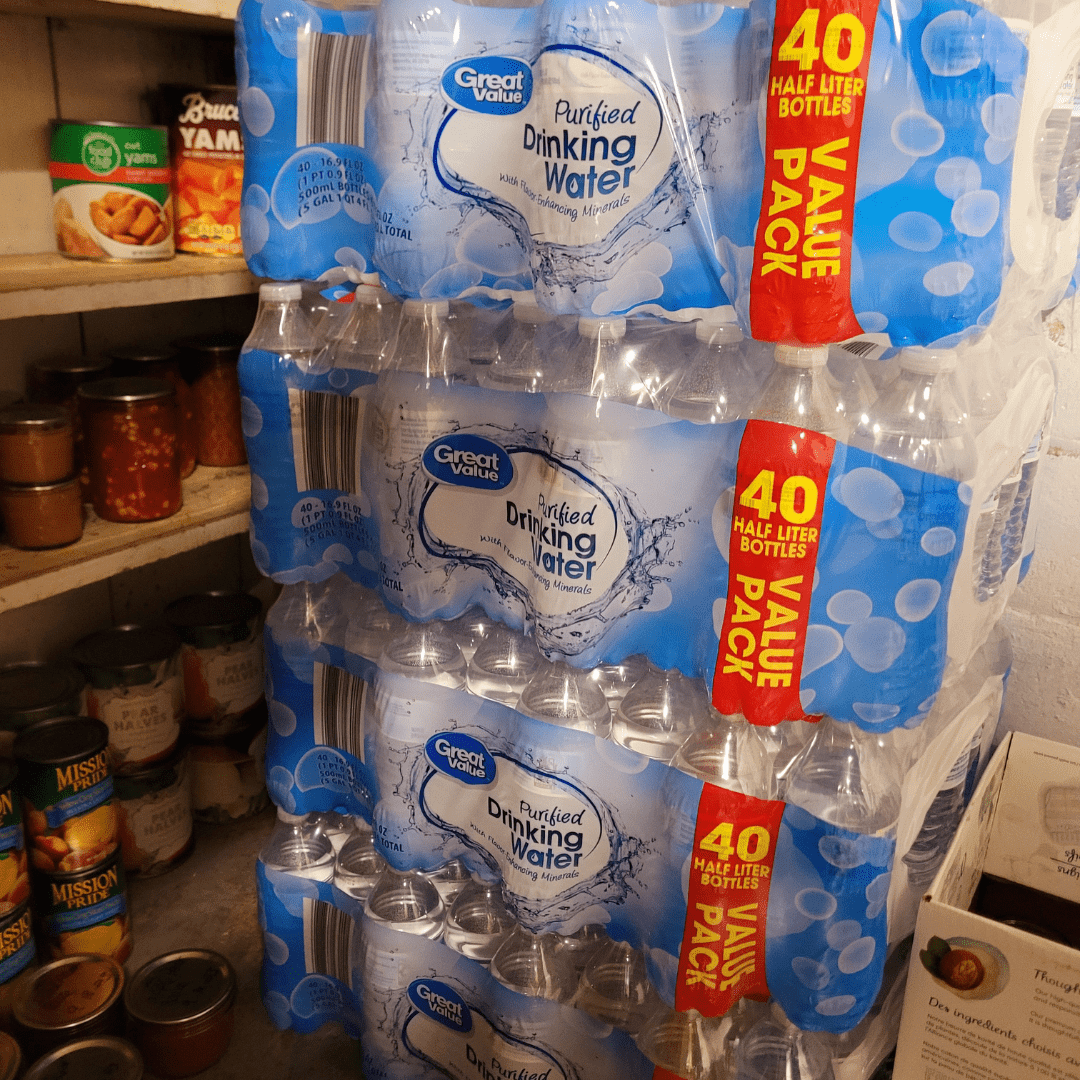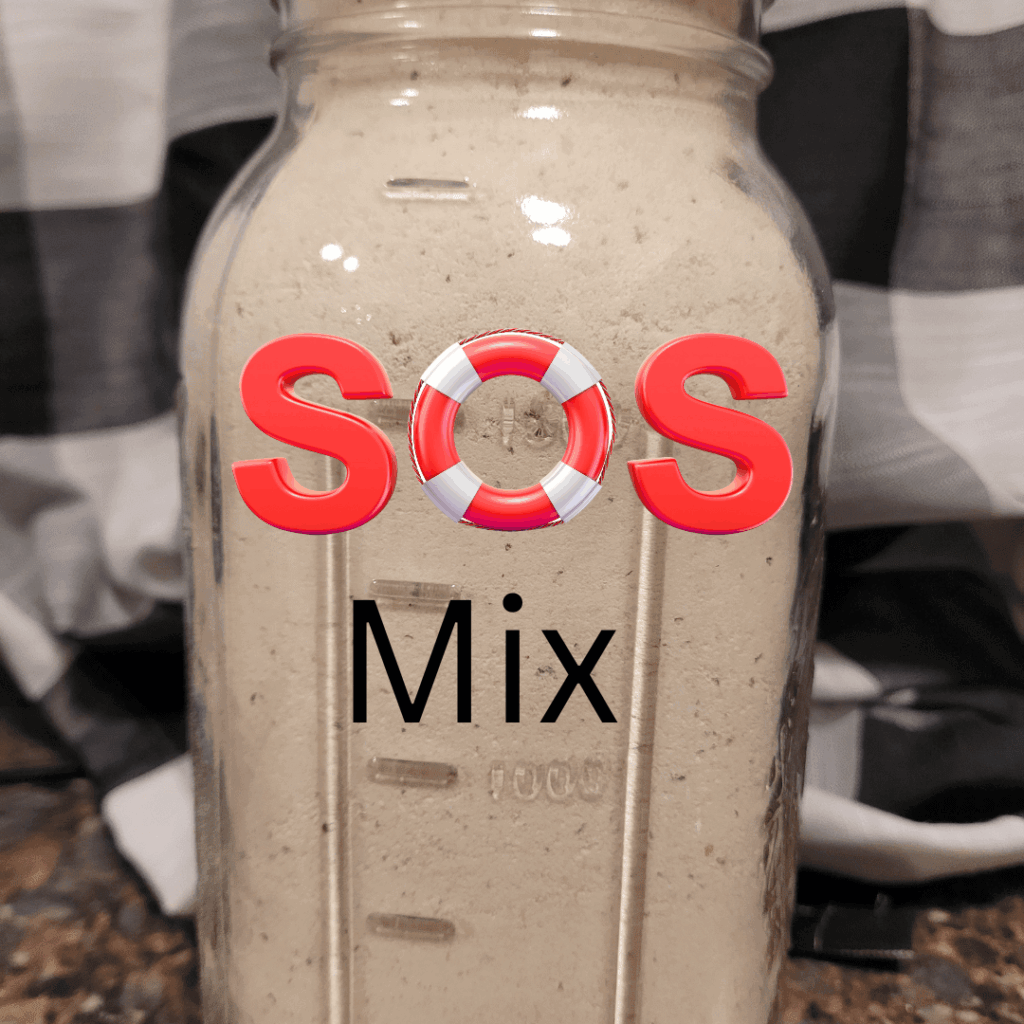Learn how to stock a working pantry you actually use. Simple systems, smart rotation, and real-life tips to keep your food stockpile fresh, organized, and budget-friendly.
When I first started building a working pantry, I realized it wasn’t about hoarding food—it was about creating a living, breathing system that supports my family every single day. A good stockpile should save you money, simplify meals, and keep you steady during the unexpected. In this guide, I’ll show you how I stock, organize, and actually use my pantry so nothing goes to waste. These are the same tips I rely on out here on my own homestead, and they’ve made all the difference in keeping our shelves full and our stress low.
This is a pinnable post. Tap or hover over any image in this post to pin to your Pinterest Boards.
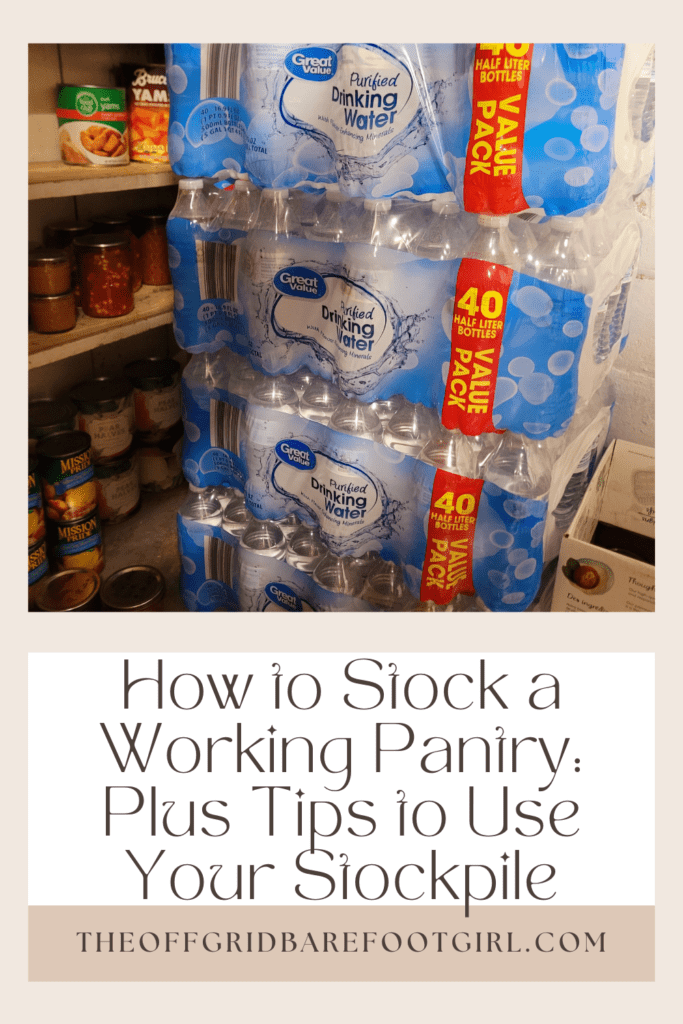
The Importance of a Well-Stocked Pantry
Welcome to the simple, steady world of pantry stocking — one of those quiet skills that doesn’t seem exciting at first, but ends up changing everything. I can’t tell you how many evenings I’ve walked into the kitchen after a long day, bone-tired, only to remember that my working pantry has my back. Instead of scrambling for takeout or digging through empty shelves, I can pull together a real meal in minutes using the ingredients I’ve already planned for.
A good pantry isn’t fancy. It’s practical. It saves you money, feeds your family, and gives you a sense of calm when life gets unpredictable. With a little intention and a few smart staples, you can build a pantry that truly works for you — one you’ll rely on over and over again.
What I Love About a Working Pantry
One thing I absolutely adore about a working pantry is the convenience it brings to my everyday life. Having all the essential ingredients, condiments, and snacks easily accessible just makes meal preparation so much more effortless and enjoyable. No more rushing to the grocery store last minute or settling for takeout when I run out of an ingredient; everything I need is right at my fingertips. The organization and orderliness of a well-stocked pantry also give me a sense of control and accomplishment. Whether it’s finding that elusive spice for a new recipe or discovering forgotten treasures hiding in the back, there’s always an element of excitement in rummaging through the shelves.
Plus, having a vast selection of ingredients sparks creativity in the kitchen, inspiring me to experiment with different flavors and try new dishes. With all these perks combined, a working pantry truly becomes the heart and soul of any home cook’s domain, fostering culinary exploration and ensuring that delicious meals are never far away.
Assessing Your Needs: Determining What to Stock
Evaluating Household Preferences and Dietary Restrictions
First things first, take a moment to think about your household’s preferences and any dietary restrictions. Are you dealing with picky eaters? Is anyone gluten-free, vegan, or just downright quirky when it comes to food? Knowing these details will help you stock your pantry with items that will actually get used. No need to stock up on canned sardines if nobody in your family even likes them.
As for my family, I have kids who are lactose intolerant and therefore I need to ensure they have alternative choices to supplement their dietary needs. Mainly, I focus on stockpiling shelf-stable almond milk since it is their favorite to drink and add to their cereal.
Considering Cooking Habits and Frequency

Next, consider your cooking habits and how often you find yourself in the kitchen. Are you a five-star chef in training, whipping up gourmet meals every night? Or do you prefer quick and easy recipes that require minimal effort? Knowing your cooking habits will help you prioritize certain pantry items. If you’re a culinary wizard, you’ll want to have a wide variety of spices and specialty ingredients on hand. But if you’re more of a microwave maven, you can focus on stocking up on ready-to-eat options and easy-to-prepare meals.
I am a bread baker and I typically bake bread products every day from sandwich loaves, burger buns, hoagies, breadsticks, rolls, and much more. Many of these recipes can be found right here on my blog in the Bread Making category. Of course, these vary daily depending on what meals I plan to cook for the day. Therefore, I need to stockpile a large amount of flour to accommodate my bread-baking habits.
Stocking Mainly What You and Your Family Eat
When it comes to building a working pantry, a smart approach is to focus on stocking mainly what you and your family actually eat. This not only saves you money, but also ensures that you have the right ingredients readily available for meal preparation. By sticking to this simple principle, you can avoid wasting precious pantry and fridge space with items that rarely get consumed. Instead, take some time to analyze your family’s eating habits and preferences. Consider the staple items that feature in your meals frequently, such as pasta, rice, spices, and cooking oils. Prioritize buying these essentials in larger quantities at affordable prices.
When you buy pantry staples in bulk that your family already consumes in their diets, you will find that your pantry stockpile increases in abundance rather quickly. Keep buying in bulk and soon you will find that you have months worth of pantry staple supplies!
Of course, it’s always nice to try new recipes or experiment with different flavors occasionally, but by stocking primarily what your household enjoys regularly, you can simplify grocery trips while ensuring everyone’s satisfaction when it comes to mealtime options!
Essential Pantry Staples: Must-Have Items for a Functional Pantry
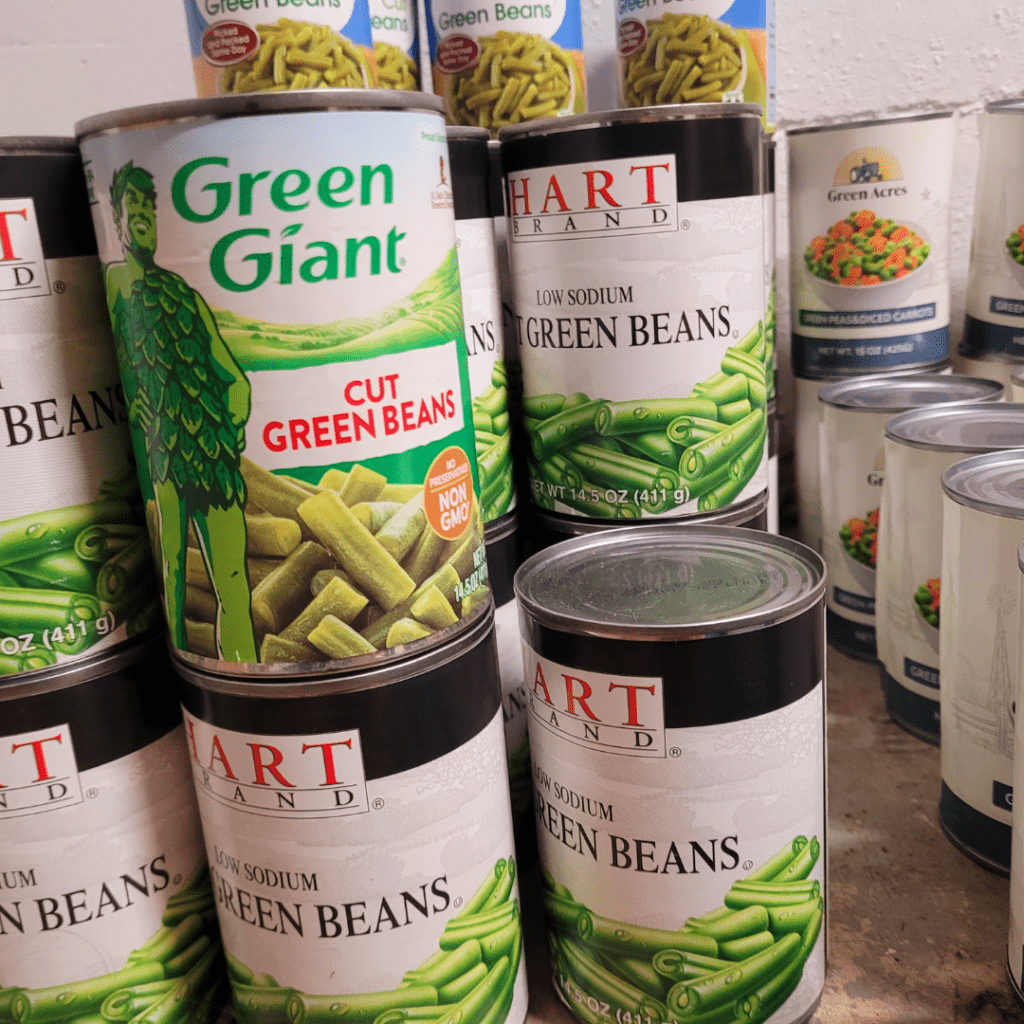
Canned Goods and Preserved Foods
Ah, canned goods – the superheroes of the pantry world. These little miracles can come to the rescue when you’re low on fresh ingredients or just need a quick meal fix. Stock up on staples like canned beans, tomatoes, tuna, and soups. Throw in some pickles, olives, and other preserved goodies to add some pizzazz to your meals.
Dry Goods and Grains
Dry goods and grains are the reliable workhorses of the pantry. They have long shelf lives and can be used in countless recipes. Stock up on items like rice, pasta, quinoa, oats, and lentils. Don’t forget about bread, crackers, and cereal – because breakfast is the most important meal of the day (or so they say).
Oils, Vinegar, and Condiments
Every pantry needs a flavor boost, and that’s where oils, vinegar, and condiments come in. Olive oil, canola oil, vinegar (balsamic, apple cider, red wine – take your pick), and a variety of sauces and condiments will elevate your dishes from drab to fab. Plus, they add that little extra something that makes your taste buds dance.
Building a Stockpile: Tips for Smart and Efficient Pantry Storage
Utilizing Proper Shelving and Containers
When it comes to organizing your pantry, shelving is your best friend. Invest in some sturdy shelves or racks to maximize your storage space. And don’t forget about containers! Mason jars, plastic bins, or even repurposed shoeboxes can keep your ingredients neat and tidy.
Labeling and Organizing By Expiration Dates
Nobody likes finding a jar of mystery sauce from 2005 at the back of the pantry. Avoid culinary disasters by labeling your containers and organizing your pantry by expiration dates. This way, you’ll know exactly what you have and when it needs to be used, preventing any surprises when you cook up your next masterpiece.
Maximizing Space with Stacking and Storage Solutions
Space is precious, especially when it comes to pantry storage. Get creative and maximize your space by using stackable containers, vertical shelves, or even a hanging organizer for smaller items. With a little ingenuity, you can turn your pantry into a well-organized masterpiece.
Store Boxed Foods in Storage Containers
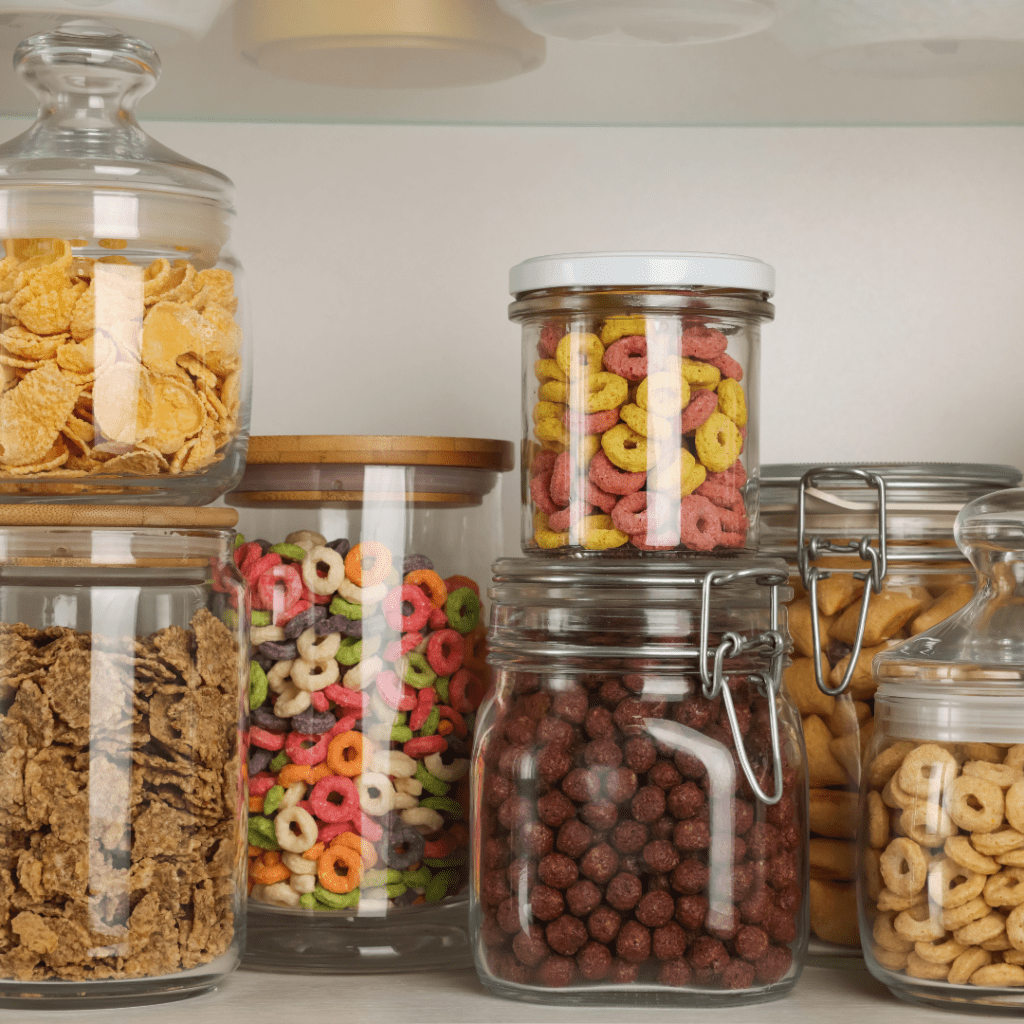
If you’re like me and always find yourself with half-empty boxes of cereal or crackers, it’s time to invest in some plastic storage containers. Not only will these containers keep your pantry organized and clutter-free, but they’ll also prolong the shelf life of your boxed foods. Plastic containers provide an airtight seal that prevents moisture, bugs, and other unwanted elements from entering and spoiling your snacks.
Plus, they are super convenient for portion control and easily stackable, saving precious space in your kitchen cabinets. Say goodbye to torn cardboard boxes spilling their contents all over the place!
With clear plastic containers, you can see exactly what you have on hand at a glance, eliminating the need to rummage through piles of half-opened packages searching for that last chocolate chip cookie. So why not make life easier and store those boxed foods in sturdy plastic storage containers today? Your snacks will thank you!
Organizing Your Pantry: Creating a System for Easy Access and Inventory Management
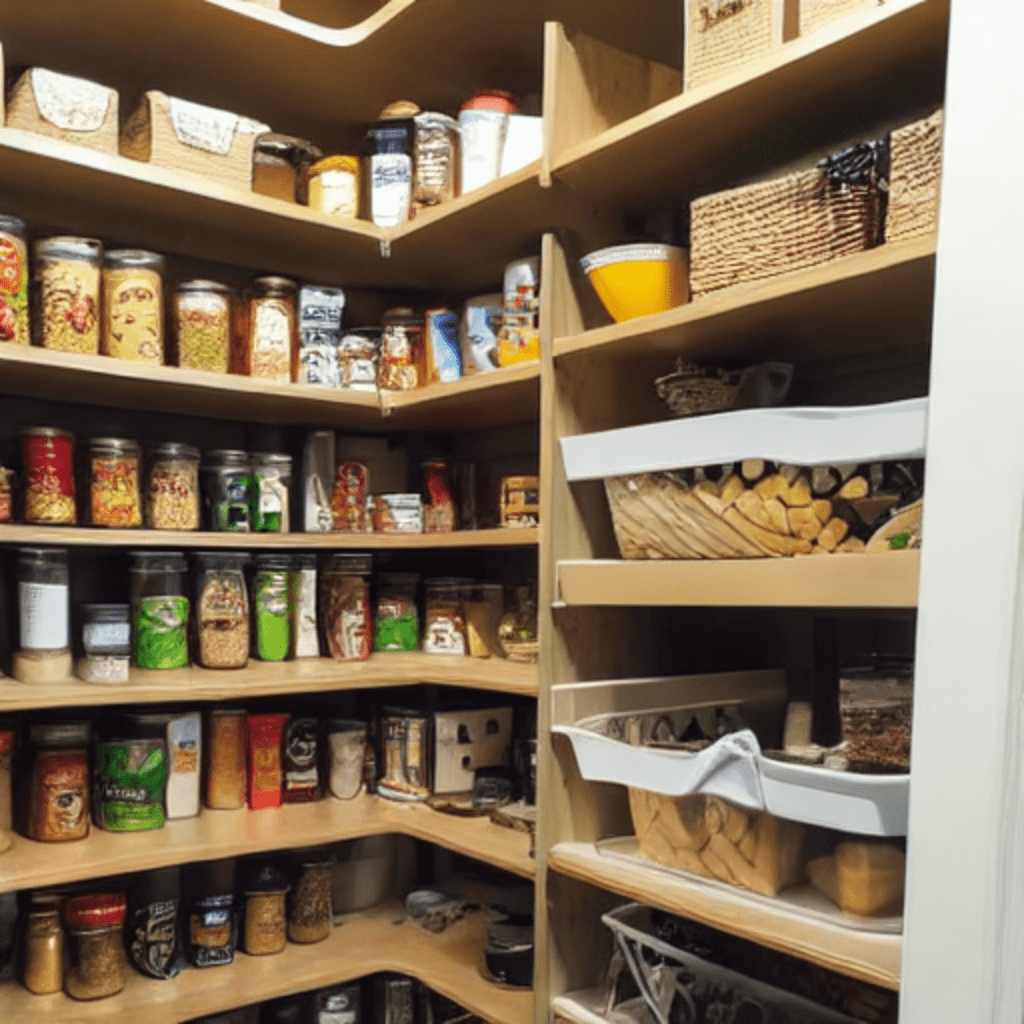
Categorizing Items for Quick Identification
Keeping your pantry organized is the key to efficiently using your stocked items. Start by categorizing items into groups such as grains, canned goods, sauces, and snacks. This way, you can easily locate what you need without rummaging through a chaotic pantry.
Utilizing Storage Bins and Baskets for Better Organization
Storage bins and baskets are your best friends when it comes to maintaining a well-organized pantry. Use them to group similar items together or to store smaller packages that tend to get lost in the back. Not only will this keep your pantry tidy, but it will also make it easier to see what you have and what you need to replenish.
Keeping an Inventory List or Using Pantry Apps
To avoid accidentally forgetting about items or letting them go to waste, consider keeping an inventory list or using pantry apps. This will help you keep track of what you have, what needs to be used soon, and what needs to be restocked.
Meal Planning with a Stocked Pantry: Maximizing Ingredients and Minimizing Waste
Creating Flexible Meal Plans Based on Pantry Items
With a well-stocked pantry, you have an abundance of ingredients at your disposal. Create meal plans based on what you already have, and be open to flexibility. This way, you can minimize food waste and get creative with different combinations of pantry staples. Who knows, you might even discover a new favorite recipe!
Incorporating Versatile Ingredients Into Multiple Recipes
Certain pantry items, like rice, pasta, and canned tomatoes, are incredibly versatile. By incorporating these ingredients into multiple recipes, you can reduce the number of items you need to buy and save money in the process. Plus, it adds a bit of excitement to your meals when you can show off your culinary prowess with minimal effort.
Using Leftovers and Pantry Staples for Inventive Meals
Don’t let leftovers go to waste – they are a goldmine for creating inventive meals! Combine leftover proteins with pantry staples like beans, spices, and canned vegetables to whip up new and exciting dishes.
Rotating and Replenishing: Ensuring Freshness and Avoiding Expiration
First-In, First-Out (FIFO) System for Rotation
To ensure the freshness of your pantry items and prevent any from slipping into expiration, adopt the “first-in, first-out” (FIFO) system. Place newer items behind older ones, so you use the oldest items first. This is essential while also saving you from eating something that’s been sitting on the shelf for three years.
Checking and Updating Pantry Inventory Regularly
Make it a habit to regularly check and update your pantry inventory. This way, you can avoid any surprises and keep track of what needs to be used or restocked. Plus, you can feel super organized and accomplished when you strut into the grocery store with your well-curated shopping list.
Keep an inventory of your freezer, fridge, pantry, and spice cabinet through different inventories for better organization. To help you keep track of these various areas of food inventory, I have prepared these categories in a pantry printable in my EBook that you may find useful.
Survival Pantry 101: Build Your Ultimate Survival Pantry! PDF EBook
Also, there are several free pantry and supplies list printables on my FREE Printables page that you may find helpful.
Strategies for Restocking and Replenishing Pantry Items
When it comes to restocking your pantry, there are a few strategies to consider. One option is to keep an eye out for sales and buy items in bulk when they’re on special. Another approach is to gradually build up your stockpile by purchasing a few extra items each time you shop. It’s like bringing a little bit of treasure home each trip, except your treasure is canned beans and pasta.
Using Your Stockpile: Creative Ways to Incorporate Pantry Items Into Everyday Cooking
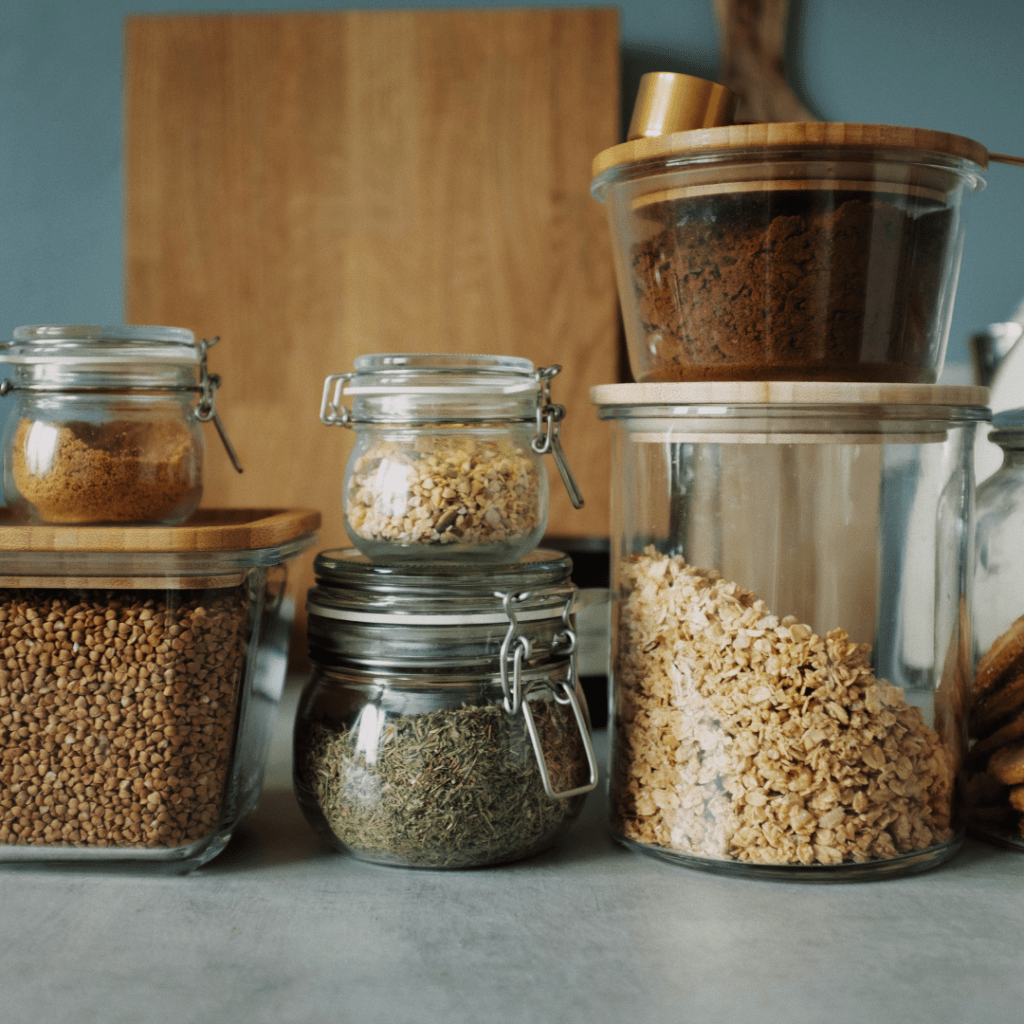
Spicing Up Dishes with Herbs, Spices, and Seasonings
Pantry items like herbs, spices, and seasonings can turn a simple dish into a flavor-packed masterpiece. Experiment with different combinations to add excitement to your meals. Plus, it’s a great way to show off your kitchen skills and impress anyone lucky enough to be invited over for dinner.
My favorite cabinet in my kitchen is my herb and spice cabinet! I have a wide variety of herbs and spices, mostly home-grown from my herb garden and air-dried in my cool basement pantry by hanging them in bundles in the old rafters.
Experimenting with New Recipes and Flavors
Embrace your inner culinary adventurer and experiment with new recipes and flavors using your pantry items. Whether it’s trying a new cuisine or diving into a cookbook you’ve been eyeing, using your stockpile is the perfect opportunity to expand your culinary horizons. Just remember, even if the recipe doesn’t turn out as planned, you’ll have a good idea of what not to fix at your next dinner party.
Substituting Pantry Items for Fresh Ingredients In a Pinch
We’ve all been there – you’re halfway through preparing a recipe, only to realize you’re missing a crucial fresh ingredient. Fear not! Your well-stocked pantry can save the day. Get creative by substituting pantry items for fresh ingredients whenever possible. Forgot to buy lemons? Use a splash of vinegar instead. No fresh garlic? Garlic powder will work just fine. Just be warned, your meals may come with a side of “I meant to do that” swag.
Conclusion
In conclusion, a well-stocked pantry is a valuable asset in any kitchen. By taking the time to assess your needs, stock essential pantry staples, organize your pantry effectively, and utilize your stockpile wisely, you can enjoy the convenience, savings, and peace of mind that comes with a functional pantry. Whether it’s preparing a quick weeknight dinner, adapting to unexpected situations, or simply enjoying the satisfaction of having everything you need at your fingertips, a working pantry is a game-changer. So, start stocking your pantry today and experience the benefits of a well-prepared kitchen for yourself!
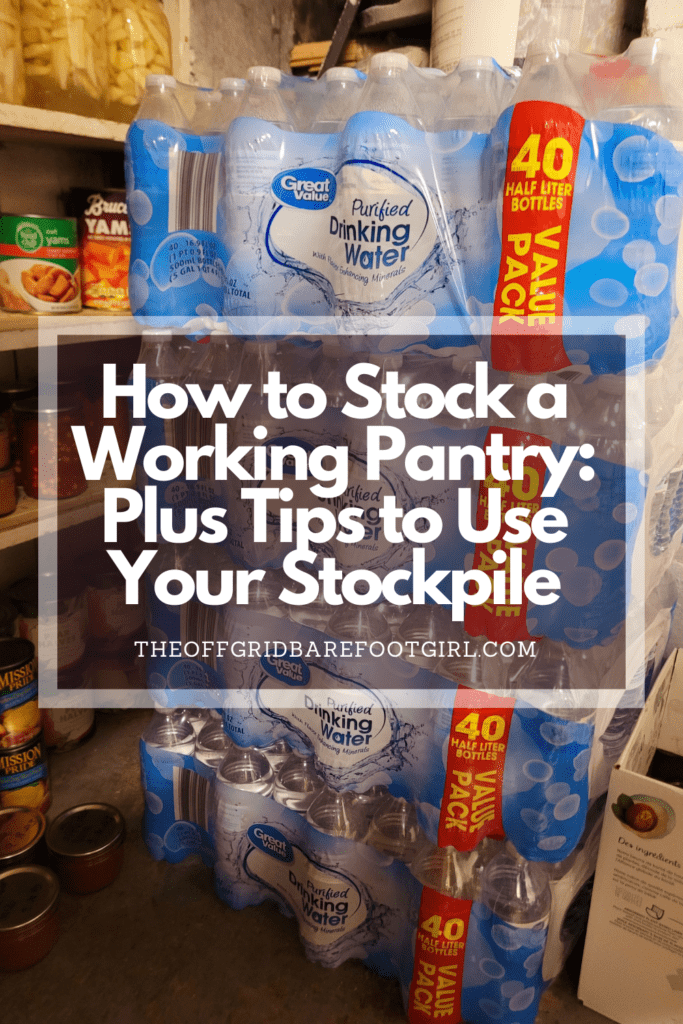
Frequently Asked Questions
1. How do I determine what items to stock in my pantry?
Assessing your needs is the key to determining what items to stock in your pantry. Consider your household preferences, dietary restrictions, and cooking habits. Take note of the ingredients you frequently use and those that have longer shelf lives. This will help you prioritize essential pantry staples that fit your lifestyle.
2. How often should I rotate and replenish items in my pantry?
It’s important to regularly check and rotate items in your pantry to ensure freshness and avoid expiration. A good practice is to follow the first-in, first-out (FIFO) system, where you use the oldest items first. Additionally, make it a habit to check your pantry inventory regularly and restock items as needed to maintain a well-stocked pantry.
3. How can I make the most of my stocked pantry through meal planning?
Meal planning is a fantastic way to maximize your stocked pantry. Start by creating flexible meal plans based on the items you have on hand. Look for recipes that incorporate versatile pantry ingredients, allowing you to use them in multiple dishes. Additionally, get creative with using leftovers and pantry staples to create new and inventive meals, reducing waste and saving money.
4. Are there any alternative ways to use pantry items in everyday cooking?
Absolutely! Pantry items can be incredibly versatile. Experiment with different herbs, spices, and seasonings to add flavor to your dishes. Explore new recipes and flavors using pantry staples as substitutes for fresh ingredients. With a little creativity, you can transform your pantry items into delicious and satisfying meals.
Summary
I hope I have inspired you to explore the benefits of how to stock a working pantry to stockpile your survival pantry with these helpful tips and products. Here are some other links you may be interested in reading!
Best Emergency Food Suppliers to Stockpile Your Survival Pantry
Is Your Car Ready for Winter? The Ultimate Checklist for Your Winter Emergency Car Kit
What The Walking Dead Can Teach Us About Survival: The Walking Dead Survival Tactics
Get Lockdown Ready: Best Dollar Tree Survival Items
Understanding Water Purification Methods for Survival: Best Practices Explained
Thirsty for Survival: Expert Guide to Emergency Water Prep Tactics
The Benefits of Urban Homesteading: Revolutionize Your City Life
Practical Pantry Prepper: Essential Guide
How to Grocery Shop Once a Month
What Should Be in A 72-Hour Survival Kit?
Buy or Die: Prepper Items You Need Now
How to Learn 58 Self-Sufficient Skills Right Now
Road to Self-Sufficiency: How to Start Your Journey
If you were encouraged by this post, I invite you to check out my FREE Printables Page for fun free printables, planners, and charts.
ENTER MY FREE Printables Page HERE
Blessings,
The Off Grid Barefoot Girl

